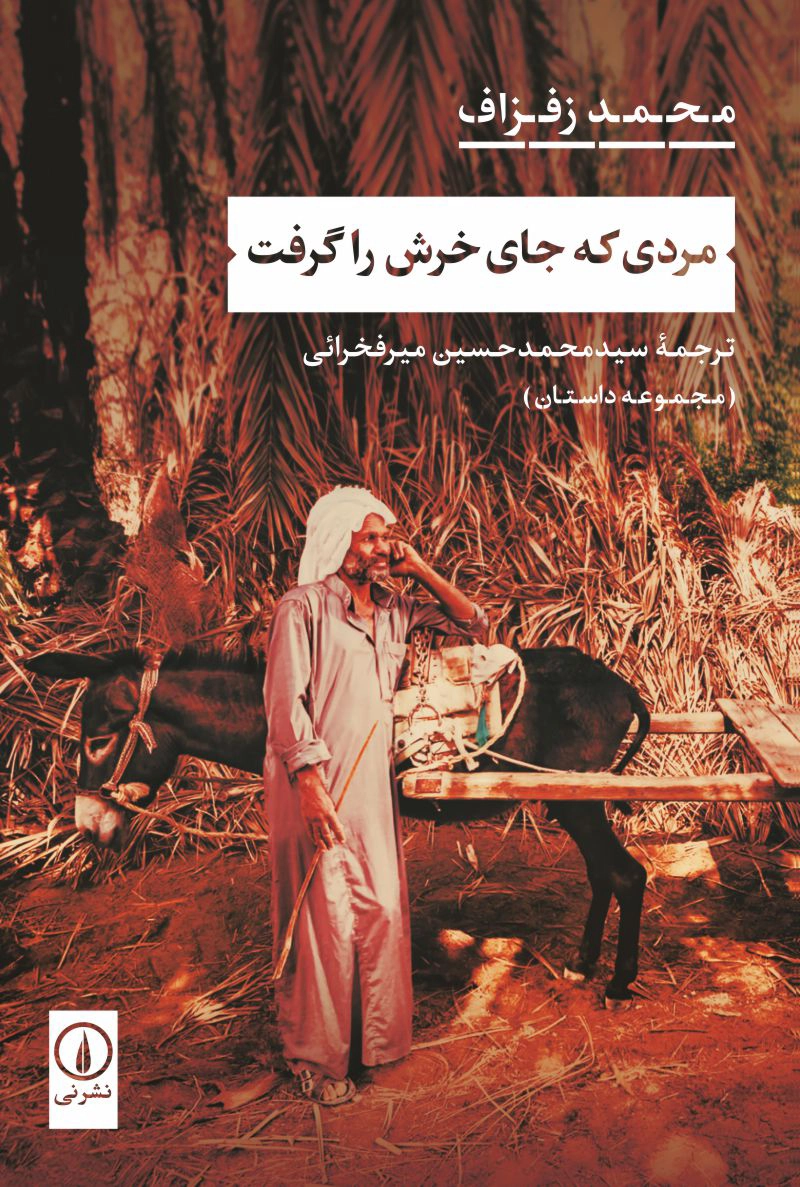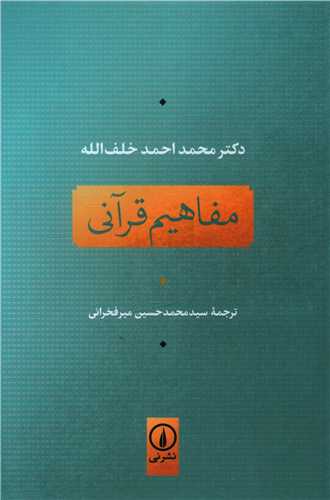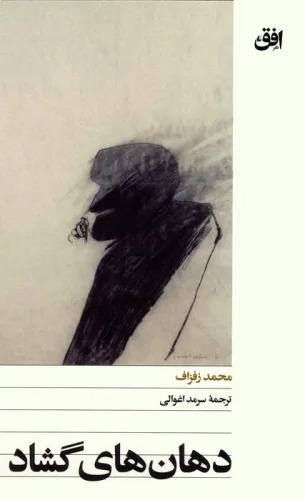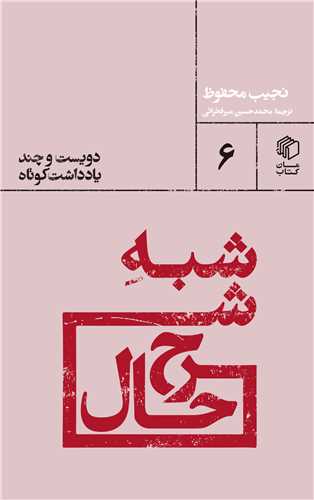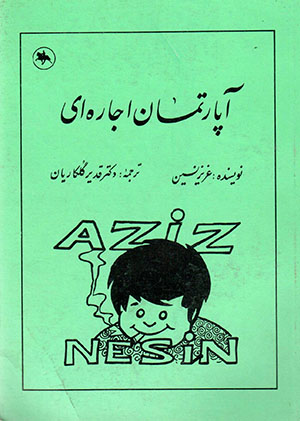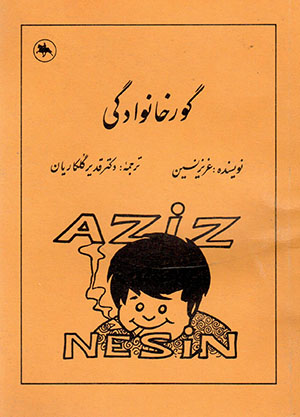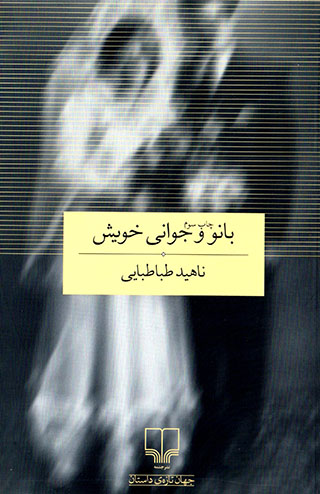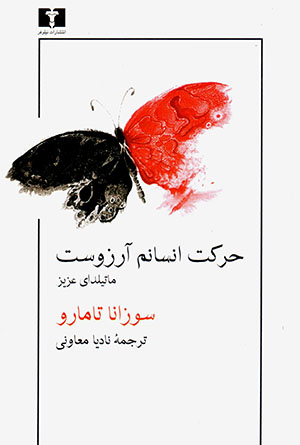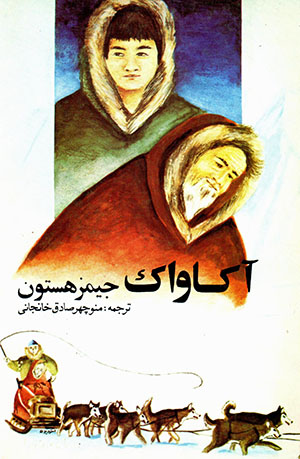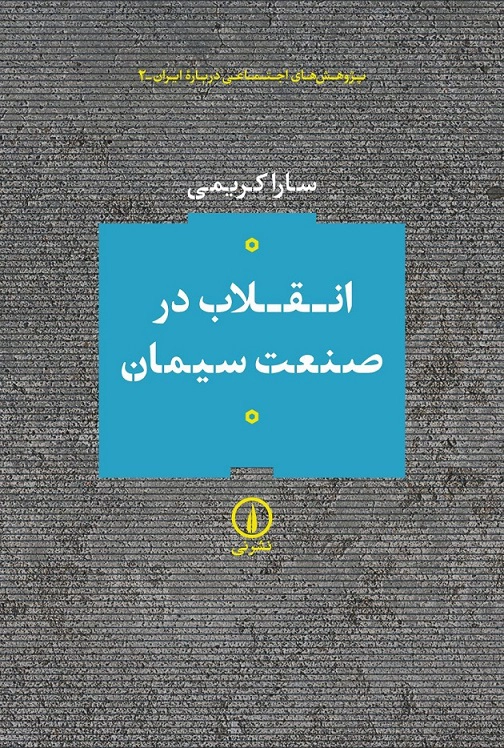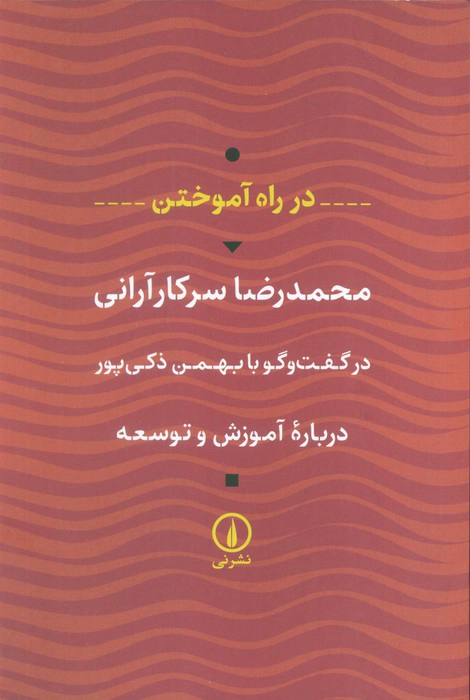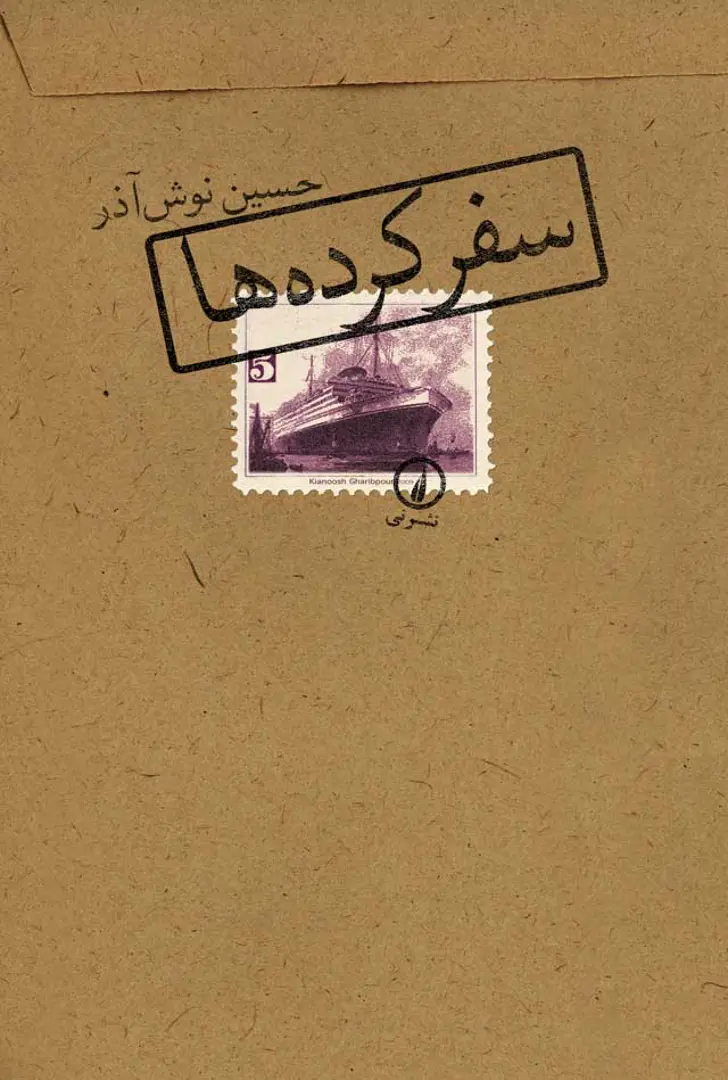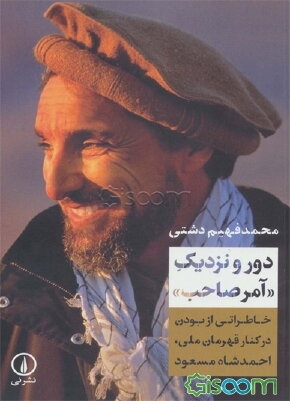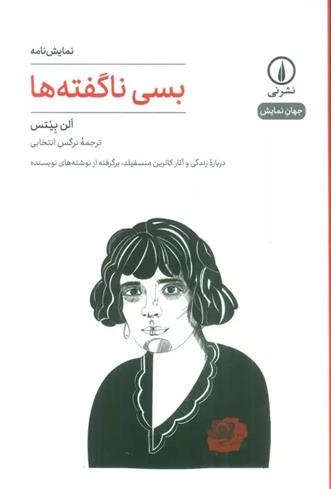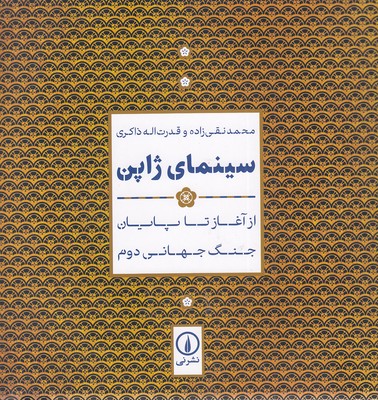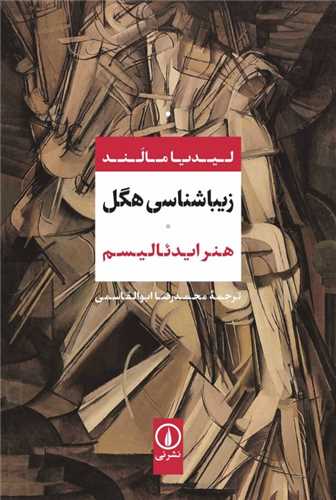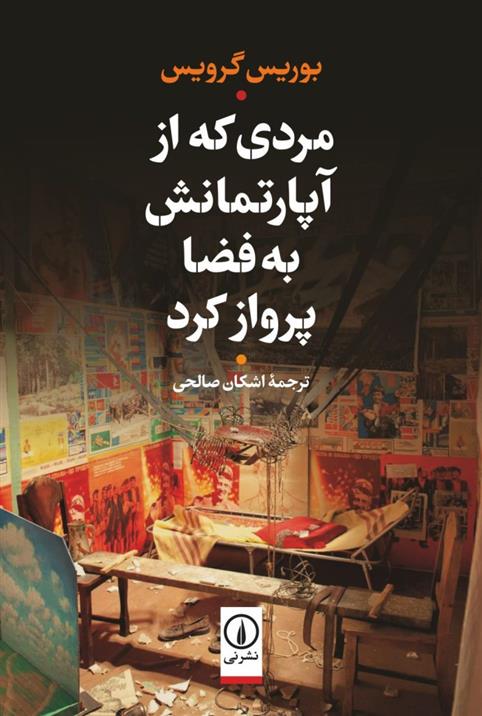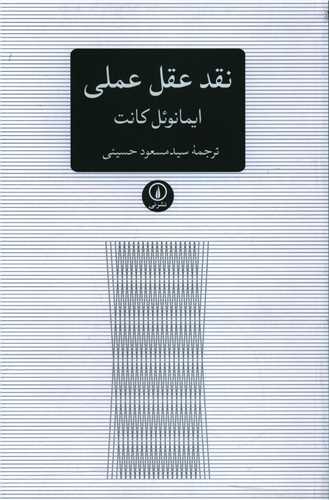مردی که جای خرش را گرفت فارسی 1403
Mardī kih Jāy-i Kharash rā Geraft
English Translation:
The book The Man Who Took His Donkey’s Place by Mohammed Zafzaf, a Moroccan writer, is a collection of fifteen short stories written in the 1970s and 1980s. These stories are primarily realist in approach, portraying the cultural, social, and economic conditions of the Moroccan people during that period.
In his book, Zafzaf explores the complex relationships between individuals, particularly under difficult circumstances. The characters in his stories are often ordinary people struggling with feelings of loneliness and isolation. Some of the stories in The Man Who Took His Donkey’s Place focus on the situation of women in traditional Moroccan society.
A defining feature of most of the stories is their depiction of poverty, inequality, and the daily struggles of Moroccan people. Through detailed descriptions, Zafzaf creates a vivid and believable atmosphere for his narratives.
Some of the stories and their themes include:
The Man Who Took His Donkey’s Place: The title story depicts a poor man who, in order to make a living, is forced to take the place of his donkey in carrying loads. The story symbolizes the poverty and desperation of people during that era.
The Woman and the Sea: This story focuses on the loneliness and isolation of a woman living in a coastal village. Having lost her husband, she lives alone in her home, and her only connection to the outside world is the sea.
کتاب «مردی که جای خرش را گرفت» نوشتهی محمد زفزاف، نویسنده مراکشی، مجموعهای از پانزده داستان کوتاه است که در دهههای 70 و 80 میلادی نوشته شدهاند. این داستانها بیشتر با رویکردی واقعگرایانه، شرایط فرهنگی، اجتماعی و اوضاع معیشتی مردم مراکش در آن دوران را روایت میکنند.
زفزاف در کتابش به بررسی روابط پیچیده بین افراد، به ویژه در شرایط سخت، میپردازد و شخصیتهای داستانهای او اغلب افرادی معمولی هستند که با احساس تنهایی و انزوا دستوپنجه نرم میکنند. برخی از داستانهای کتاب «مردی که جای خرش را گرفت» در مورد وضعیت زنان در جامعه سنتی مراکش هستند.
ویژگی اکثر داستانها به تصویر کشیدن فقر، نابرابری و مشکلات معیشتی مردم مراکش است. زفزاف توانسته با توصیف جزییات، فضایی ملموس و قابل باور برای داستانهایش خلق کند.
در ادامه، به برخی از داستانهای این مجموعه و موضوعات آنها اشاره میکنیم:
مردی که جای خرش را گرفت: این داستان، که عنوان کتاب نیز از آن گرفته شده، داستان مردی فقیر را روایت میکند که برای امرار معاش، مجبور میشود جای خرش را در حمل بار بگیرد. این داستان، نمادی از فقر و استیصال مردم در آن دوران است.
زن و دریا: این داستان، به تنهایی و انزوای یک زن در یک روستای ساحلی میپردازد. زن، که همسرش را از دست داده، به تنهایی در خانهاش زندگی میکند و تنها ارتباطش با دنیای بیرون، دریا است.

